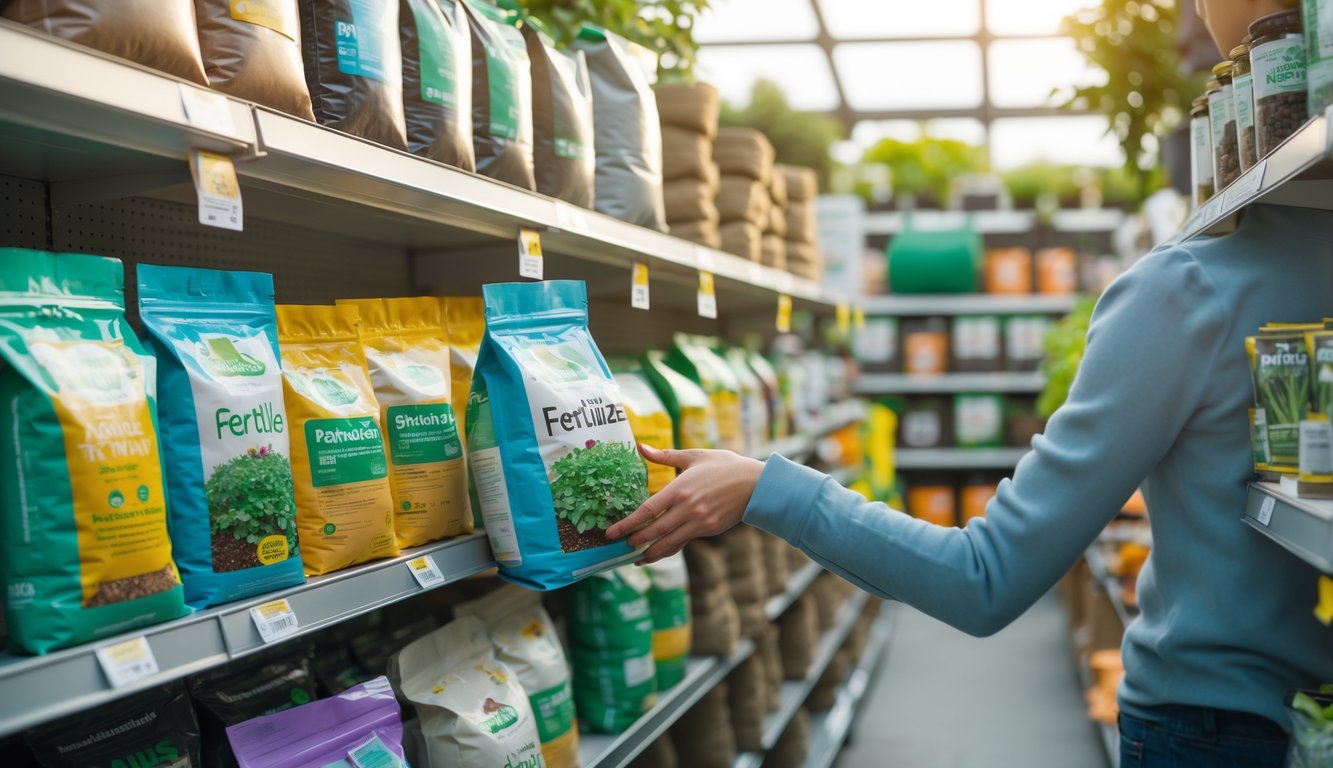
Frequently Asked Questions
Local shops sneak in bag fees, “handling surcharges,” and weird compliance charges—never on the shelf tag, always in the receipt. Fertilizer “premium blends” are a minefield: ammonia price swings, shipping fees, labels so vague I once bought “orchid mix” and got slow-release corn gluten. Not the same.
What unexpected costs should I be aware of when buying fertilizer?
Why do I grab a $24.99 bag of Schmidt Boost, but the receipt says $28.42? “Administrative recovery,” “energy surcharge,” “specialty blend premium”—just a jumble of nonsense. Doesn’t matter if it’s the big hardware chain or that tiny garden shop off Main. Some fertilizer consultant (eight years in logistics, apparently) told me fulfillment fees are getting worse in 2025, especially if it ships more than 200 miles.
Even “discount” organic stuff sometimes hides a “certification tax” in the tiniest print. You think they put that in the sale flyer? Of course not.
How might hidden fees impact my overall gardening budget?
I skip coffee, buy the fancy citrus amendment, and somehow my “extra ten bucks” turns into $73 in garden charges by the end of the month. I don’t keep spreadsheets (well, maybe one), but by mid-season, the pattern’s obvious: hidden logistics and insurance fees eat up 9–14% of my plant budget, not even counting delivery mistakes.
My neighbor swears his tomatoes cost $120 more last summer, and he still doesn’t know what “agronomic assessment levy” is. One invoice called it a “nutrient access fee.” Sure, whatever.
Can you recommend effective ways to identify hidden charges in garden supplies?
I try to spot words like “distribution adjustment” or “blended surcharge,” but there’s always one I miss. Why does “market volatility fee” double during rainy weekends? I check the FAQ on garden fertilizers because users complain before store clerks ever mention it. Once, I called customer service pretending to buy in bulk—suddenly, three new “processing charge” excuses.
One manager admitted NRCS compliance in some regions quietly adds 3–6% per SKU. Never shows up online, of course.
Are there specific brands known for including additional fees with their plant foods?
Brands? Don’t get me started. Glossy labels, “Enhanced Release Formula!”—always with an “eco-responsibility offset” and “supply chain integrity” charge. Off-brands and co-ops? Less markup, but then you get a “special order fee” for anything not in stock. Gardener Bible says upstream chemical processor costs just get baked in.
Never seen a brand just admit their “market sustainment levy.” Schmidt Spread and Boost? They sneak in blending costs midyear, right when I think I’ve finally balanced my budget.
What should I look for in the fine print when purchasing fertilizers like Schmidt Spread and Boost?
I try, but my eyes glaze over. There’s always a “granular calcium import fee,” “risk protection premium,” or “universal regulatory adjustment” hiding in the details. Once found “environmental stewardship support” under an asterisk—nobody at the store mentioned that. If the price jumps for no reason or a “value pack” costs more per ounce, check the fine print.
For brands like Schmidt, always compare unit price after tax, and hunt for bundled “shipping plus handling.” If you see “compliance offset” anywhere, that’s your warning sign.
How can I compare the true cost of different fertilizer products effectively?
Honestly, I thought spreadsheets would fix this mess—yeah, right. Every time I try to compare, some brand flips the bag size, swaps out the nutrient ratio, or suddenly invents “booster pellets” that allegedly last three months (does anyone believe that?). I just end up staring at per-pound costs, digging for actual NPK numbers, and then there’s always some weird line like “seasonal volatility premium.” A co-op manager once told me, “Oh, just ignore that column.” Okay, but why is it there then?
You want the real price? Good luck. There’s always some hidden “admin logistics” fee that pops up at checkout—never on the shelf, obviously. What am I supposed to do, interrogate the cashier? I just snap photos of every receipt now and compare them to whatever the manufacturer lists online, but even then, there’s always a random extra charge about, I don’t know, one out of every six times? Maybe I’m just unlucky. Or maybe the whole thing’s rigged. Not that I’m annoyed, or anything.